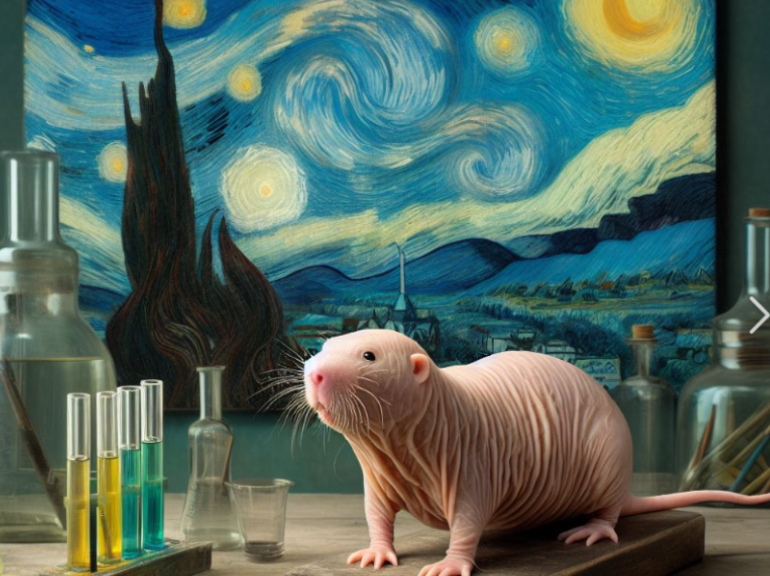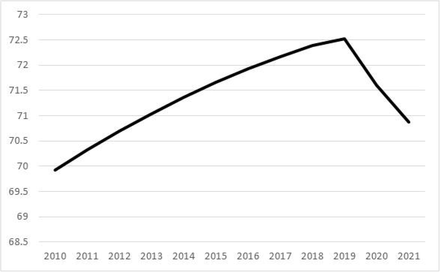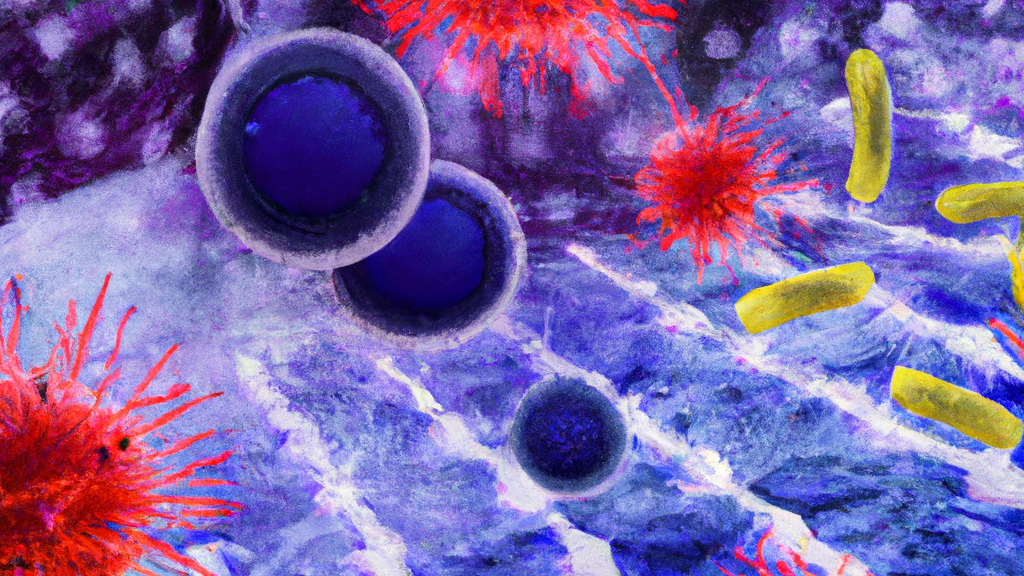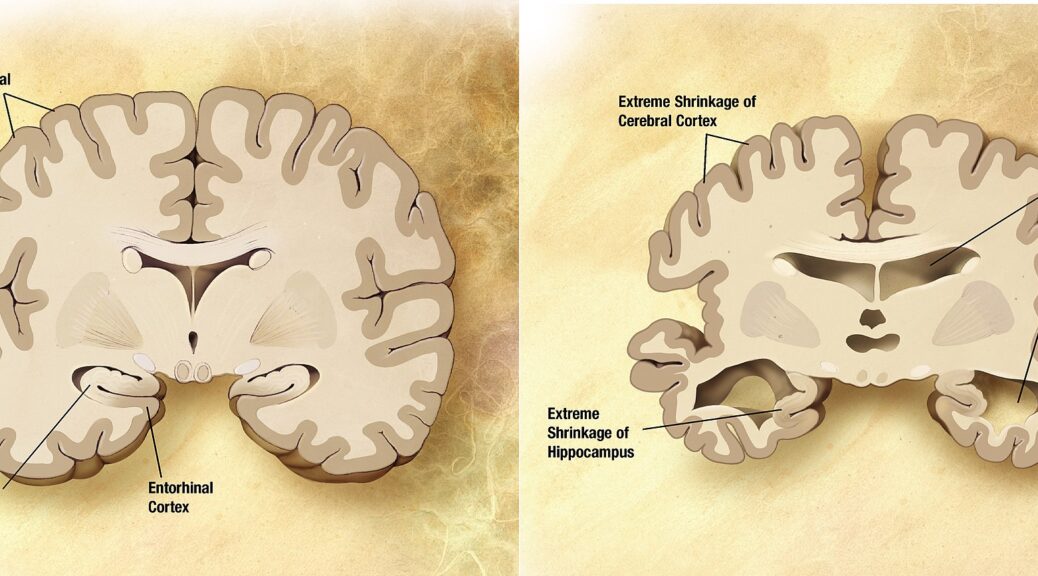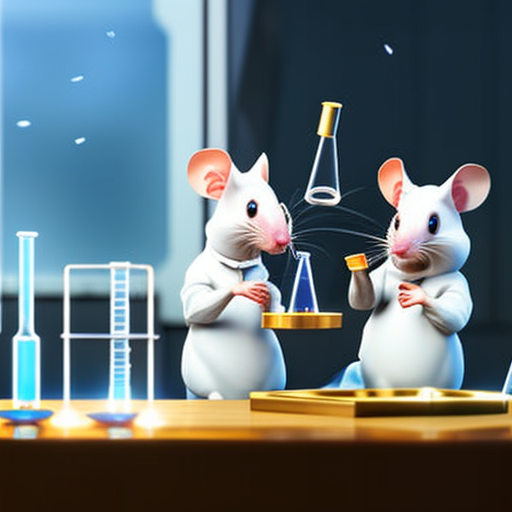Other text: Clinical trials on humans
Introduction
Aging is a complex and multifactorial process. There are countless theories about why and how aging occurs, and many others claim to be able to stop the aging process and thus increase lifespan.
Genetic approaches to identifying genes that modulate longevity have been very successful, and recent efforts have extended these studies to mammalian aging. The mouse has become the preferred mammalian model. Among the reasons for this choice are its genetic proximity to humans, the possibilities of genetically manipulating its genome, and the availability of many tools, mutants, and inbred strains. In the field of aging, mice have become very robust and reliable research tools. Studies on transgenic mice have demonstrated that they are useful models for human aging and age-related diseases. Transgenic mice are mice whose genome has been modified to study the function of certain genes. This modification consists of randomly inserting DNA molecules into the genome of mice.
Another reason why laboratory mice are preferred for research on aging is their short life span, which allows for faster results. Various experiments carried out on mice, as well as numerous genetic interventions, have yielded significant results and have led to a better understanding of the fundamental processes of aging.
In this article, we will review some of the studies that have been conducted on mice, the results that have been demonstrated by these studies and finally, we will consider other areas of mouse research that can be explored by scientists.
Most importantly The Intervention Testing Program (ITP) experiments
Guidelines to Use Animals in Experiments
Multiple rules and regulations must be followed to ensure that the ethics are maintained while using a model organism for experimental purposes. Biological science is constantly evolving; hence, the need to test these on lower organisms before being tested in humans is required in all clinical trials. The EU has a set of strict rules and suggestions that must be followed, these are.
The three Rs-
- Replacement- to always replace animal models whenever possible with alternatives like human tissues and cells (Stem cell cultures and Organoids), computer models, and micro-physiological systems.
- Reduction- Have a robust experimental design that can reduce the number of animals that will be involved and produce standard information.
- Refinement- To have a refined experiment structure where the pain and suffering of the animal are minimal and provide a humane endpoint.
This humane endpoint is essential in animal ethics and the law requires the animal to not have prolonged suffering under any circumstances (Not even at the cost of the failure of the experiment).
Body Condition Scoring is easily performed by picking a mouse up at the base of the tail, then noting its body condition by passing the finger over the sacroiliac bones (back and pubic bones) and assessing. The Scores are given from 1-5, 1 being the worst which will require immediate euthanasia. In terms of weight loss, a rapid decline of 10-15% of body fat within a few days is a criterion for euthanasia. An overall loss in weight of 20% is also an indication of euthanasia. Other physical indicators like fighting wounds, lack of weight gain after weaning, protrusion of rectum, and any visible tumors and masses should also be observed, and the decision of euthanasia should be taken after an assessment of severity. Other health conditions like anemia, abnormal eye, breathing or head tilt, dehydration, or hypothermia should also be constantly monitored. Not only physical features but also psychological indicators like behavior (active or lethargic), Social or anti-social, and aggressive or timid nature can also indicate the well-being of the mouse and rats.
Rats and Mice at the age of 18 months are ideal to begin experiments related to anti-aging interventions. This is a fairly old age for the animals and they become too frail after this period.
In conclusion, the veterinary and animal care staff needs to have strong communication and regular and random checks done to ensure that the experimental mice and rats are kept in good condition and the humane endpoint is met when the time comes to ensure minimal suffering by the animals.
Experiments that have been done and those that remain to be explored.
Metformin is a drug commonly prescribed to treat patients with type 2 diabetes. It is seen that long-term treatment with metformin (0.1% w/w in diet) starting in middle age extends the health span and lifespan in male mice, while a higher dose (1% w/w) was toxic. Treatment with metformin mimics some of the benefits of calorie restriction, such as improved physical performance, increased insulin sensitivity, and reduced LDL and cholesterol levels without a decrease in caloric intake. At a molecular level, metformin increases AMP-activated protein kinase activity and increases antioxidant protection, reducing oxidative damage accumulation and chronic inflammation. This study indicates the beneficial effects of metformin on healthspan and lifespan. Metformin is currently under scrutiny for having biased results in the previous studies so it will be important to see the results of the TAME study and confirm if metformin is working for anti-aging.
2. Rapamycin
Also known as Sirolimus, Rapamycin is a macrolide compound used for preventing rejection after organ transplant, coating stents, and even as a treatment for lung and other types of cancer. It functions by targeting the mTOR which regulates the growth of our cells by binding to a subset in the catalytic cycle, blocking the function of the mTOR.Rapamycin is currently the wonder drug with the most promising anti-aging effects. The latest studies at the Max Planck Institute for Biology of Aging show that in young adult fruit flies, a 2-week administration of rapamycin can protect them against age-related conditions in the intestine and extend life. Then they administered rapamycin for 3 months in mice and saw similar results with beneficial intestine-related results by the time the mice were middle-aged. This short exposure to the drug is seen to be equally beneficial as lifelong administration with lesser to no side effects. Further studies will now try to answer if the geroprotective effect of rapamycin continues in humans if they start taking it later in life and what kind of dosing will be ideal.
The program aims to achieve “Robust Mouse Rejuvenation” by applying a multi-component intervention to mice of a strain with a historic mean lifespan of at least 30 months. The intervention is initiated at an age of at least 18 months and increases both mean and maximum lifespan by at least 12 months. In each study in this program, the synergy of typically at least four interventions Rapamycin, Senescent Cell Ablation, Telomerase Expression, and Hematopoietic Stem Cell Transplant individually known to extend mouse lifespan when started in mid-life is examined. The ultimate readout of lifespan is determined, as well as the interactions between the various interventions, as revealed by the differences between the treatment groups (receiving different subsets of the interventions) concerning the trajectories with age of cause of death, decline in different functions, etc. In this way, the program adds greatly to the understanding of which benefits these interventions confer and how they synergize or possibly antagonize
4. Resveratrol treatment
Mice with heart failure when given the resveratrol treatment showed restoration of the mitochondrial oxidative phosphorylation complexes levels. It also restored cardiac AMP-activated protein kinase activation, improved myocardial insulin sensitivity to promote glucose metabolism, and significantly improved myocardial energetic status
Resveratrol, as a SIRT1 activator, extends the lifespan of mice fed a high-fat diet, but has little effect on the mean or maximum lifespan of mice fed a regular diet.SRT1720, a more potent SIRT1 activator than resveratrol, extends lifespan and improves the health span of adult mice fed a high-fat diet or a standard diet. Moreover, SRT1720 enhances insulin sensitivity, improves bone mass, and inhibits tumor growth. Likewise, SRT2104, a first-in-class and highly selective activator of SIRT1, extends the mean and maximal lifespan in mice fed a regular diet, accompanied by improved whole-body physiology. Resveratrol improves osteoblast activity (production of collagenous and noncollagenous proteins) and bone formation. On the other side, resveratrol could extend the health span in aging rodents]. Resveratrol treatment seems safe and well-tolerated in phase II clinical trial,
5. Glucosamine
Promotes longevity by mimicking a low-carb diet, a study finds The widely used food supplement glucosamine promotes longevity in aging mice by approximately 10 percent due to improved glucose metabolism. Researchers find that the compound does so ‘by mimicking a low-carb diet in elderly mice reflecting human retirees.’ In addition, the study’s results seemed to indicate protection from diabetes, a life-threatening disease most prevalent among the elderly.
6. Fecal Microbiota Transplant From Young Mice Improves Muscle and Skin in Old Mice
The gut microbiome changes with age, and some studies show that this shift can lead to degenerative aging. An increase in inflammatory microbes and microbes producing harmful metabolites with fewer microbes generating beneficial metabolites is seen. One of the methods is to transplant fecal matter from a younger into the gut of an older individual. The results from a study show that the young-derived gut microbiota rejuvenates the physical fitness of the aged by altering the microbial composition of the gut and gene expression in muscle and skin. Dbn1 (cytoplasmic actin-binding protein) for the first time, was found to be induced by the young microbiota and to modulate skin hydration.
7. New intranasal and injectable gene therapy
Previous studies showed that the adeno-associated virus (AAV) vector induced overexpression of certain proteins, which can suppress or reverse the effects of aging in animal models. In our study, we sought to determine whether the high-capacity cytomegalovirus vector (CMV) can be an effective and safe gene delivery method for two such protective factors: telomerase reverse transcriptase (TERT) and follistatin (FST). This study conducted by collaboration between George Church and Elizabeth L Parrish found that the mouse cytomegalovirus (MCMV) carrying exogenous TERT or FST (MCMVTERT or MCMVFST) extended median lifespan by 41.4% and 32.5%, respectively. They show CMV being successful as both an intranasal and injectable gene therapy system to extend longevity. This treatment also significantly improved glucose tolerance, and physical performance, as well as prevented body mass loss and alopecia. Further, telomere shortening associated with aging was ameliorated by TERT, and mitochondrial structure deterioration was halted in both treatments. Intranasal and injectable preparations performed equally well in safely and efficiently delivering gene therapy to multiple organs, with long-lasting benefits and without carcinogenicity or unwanted side effects. Translating this research to humans could have significant benefits associated with quality of life and an increased health span.
Heterochronic blood sharing rejuvenates old tissues, and most of the studies on how this works focus on young plasma, its fractions, and a few youthful systemic candidates. This study by Irina M. Conboy and her team recently developed a small animal blood exchange process. They replaced half of the plasma in mice with saline containing 5% albumin (terming it a “neutral” age blood exchange, NBE) thus diluting the plasma factors and replenishing the albumin that would be diminished if only saline was used. The data demonstrate that a single NBE suffices to meet or exceed the rejuvenating effects of enhancing muscle repair, reducing liver adiposity and fibrosis, and increasing hippocampal neurogenesis in old mice, all the key outcomes are seen after blood heterochronicity. Comparative proteomic analysis on serum from NBE, and from a similar human clinical procedure of therapeutic plasma exchange (TPE), revealed a molecular re-setting of the systemic signaling milieu, interestingly, elevating the levels of some proteins, which broadly coordinates tissue maintenance and repair and promoting immune responses. Moreover, a single TPE yielded functional blood rejuvenation, abrogating the typical old serum inhibition of progenitor cell proliferation
9. Effect of Young Rat Plasma on Lifespan of Aging Rats
A study on older rats to test longevity after plasma transfusion of young rats (9 tested old rats + 8 control old rats). Testing begins in November 2020. This experiment is under the direction of Professor Rodolfo Goya at the Institute of Biochemical Research in Argentina, in collaboration with Heales.
The results showed that young plasma treatment in old rats increases their lifespan by 2.2 months, and their external appearance is healthier than that of untreated rats. Moreover, the young plasma treatment resulted in consistently lower epigenetic age in treated rats compared to untreated ones. However, no significant differences were detected between the control and treated groups. On the contrary, there was a significant difference in DNAm age between control and treated groups within the age ranges of 27-31.5 months. The analysis of differentially methylated CpGs showed that the plasma treatment induced DNA methylation modifications in 1.6% of all rat CpGs. Additionally, the differentially hypomethylated promoters were associated with insulin-like growth factors (IGF) related gene promoters, while the differentially hypermethylated promoters were associated with chemo and cytokine gene promoters. Finally, when rats were grouped according to the similarities in their differential blood DNA methylation profile through hierarchical clustering, samples from the treated and control rats were clustered in separate groups.
10. Effect of Elixir Plasma on Lifespan of Aging Rats (E5)
A study on older rats to test longevity after plasma fraction with the working name ‘Elixir’ injection into old rats (6 experimental old rats + 6 control old rats). Testing started in December 2020. The experiment is under the direction of Professor Harold Katcher in Mumbai, in collaboration with Heales
A recent preliminary study reports by Harold Katcher that repeated intravenous administration (an effective alternative to parabiosis) of a plasma fraction (called Elixir) from young rats to aged counterparts for 5 months, changes the epigenetic age of the liver, blood, and heart tissue of the old treated rats (25 months) to an age close to that of young adult rats (7 months). This apparent rejuvenation was confirmed by Steve Horvath’s DNA methylation clocks.
Based on the above information, we decided to evaluate the possible effect of “Elixir” on the lifespan of older (25 months) rats. Specifically, we propose to compare the survival of old rats treated intravenously with young plasma with that of correspondingly aged (untreated) controls. We also propose to collect blood samples from all animals, every other week, to follow the evolution of epigenetic age over time.
The study used grip strength to assess age-related decline in muscle function and motor coordination. The treated group showed a significant improvement in grip strength compared to the control group. The treatment improved muscle coordination functions by 2-3 times as measured by the grip strength meter. The study also monitored the mortality rate of the rats. The first death occurred in the control group at 33.99 months, and subsequent deaths were seen at the ages of 35 and 37.89 months. The maximum age reached in the control group was 39.49 months. In the treated group, the first death occurred at 38 months, with mortality notes between 39 and 41 months. The treated group’s average longevity increased, reaching 48 months of age.
This study suggests that E5 treatment increases antioxidant markers and grip strength of treated animals while reducing cytokines concentration and improving the integrity of the vital organ, ultimately increasing the lifespan. However, further information and research are required to determine the precise nature of the variables present in the E5 and to confirm the results with a bigger group of animals.
In a study, researchers show that increased endogenous, uncoupling protein (UCP1) mediated, as well as experimentally induced mitochondrial uncoupling to an increased lifespan in rodents. This is possibly due to the synergistic activation of molecular pathways linked to the life-extending effects of caloric restriction as well as a mitohormetic response. Mitohormesis is an adaptive stress response through mitonuclear signalling which increases stress resistance resulting in health-promoting effects. Part of this response is the induction of fibroblast growth factor 21 (FGF21) and growth and differentiation factor 15 (GDF15), two stress-induced mitokines that elicit beneficial systemic metabolic effects via endocrine action.
Perturbed mitochondrial function has been correlated with severe human pathologies such as type-2 diabetes, and cardiovascular, and neurodegenerative diseases. Thus, proper mitochondrial physiology is a prerequisite for health and survival. Cells have developed sophisticated and elaborate mechanisms to adapt to stress conditions and alterations in metabolic demands, by regulating mitochondrial number and function. Hence, the generation of new and the removal of damaged or unwanted mitochondria are highly regulated processes that need to be accurately coordinated for the maintenance of mitochondrial and cellular homeostasis.
13. Spermidine targeting autophagy activation
The natural polyamine (proliferation of neoplasms in the gastrointestinal tract) spermidine extends the lifespan of mice and exerts cardioprotective effects in old mice via autophagy activation. Autophagic rates decline with age in most organisms, as a potential mechanism underlying many age-related pathologies, like Parkinson’s and Alzheimer’s diseases. Indeed, polyamine synthesis decreases with aging and the boosting spermidine level by spermidine intake or gut bacteria-produced polyamine is capable of lifespan promotion in short-lived mouse models. Life extension of up to 25% can be produced by lifelong spermidine administration, accompanied by reduced liver fibrosis and hepatocellular carcinoma. It is also seen that spermidine activates the casein kinase 2 (CK2), ameliorates aging features, and extends lifespan in a mouse model of HGPS.
14. Gene editing using CRISPR-Cas9 technology
Researchers in recent times have successfully used a DNA-editing technique to improve the lifespan of mice with the genetic variation associated with progeria, a rare genetic disease that causes extreme premature aging in children and can significantly shorten their life expectancy.
In another study, scientists found that CRISPR-Cas9-mediated disruption of the mutant HTT gene resulted in a ∼50% decrease in neuronal inclusions and significantly improved lifespan and certain motor deficits. These results thus illustrate the potential for CRISPR-Cas9 technology to treat HD and other autosomal dominant neurodegenerative disorders caused by trinucleotide repeat expansion via in vivo genome editing.
15. Caloric Restriction
Caloric restriction (CR), is one best-studied method to improve quality lifespan in most organisms, as it targets and regulates pathways like the kinase target of rapamycin (TOR), AMP-activated protein kinase (AMPK), sirtuins, and insulin/insulin-like growth factor. CR counteracts the aging process by regulating a set of evolutionarily conserved pathways,
CR alone could reduce seizure susceptibility in epileptic mice. It is important to mention that CR in the mouse is not the same physiologically as CR in humans since the basal metabolic rate is about seven times greater in mice than in men. CR in mice is similar to therapeutic fasting in humans since a 40% CR in inbred C57BL/6J mice produces changes in serum lipids similar to those seen in humans following therapeutic fasting or very low-calorie dieting (below 500 kcal day−1). Hence, CR in mice can be an effective model system for investigating the anticonvulsant and antiepileptogenic mechanisms of therapeutic fasting in humans.
16. Exercise
To address factors underlying aging due to a decline in mitochondrial function, and the effects of exercise during aging, this study went ahead to profiled proteins in the brain and muscle of sedentary and exercised mtDNA (Mitochondrial DNA) mutator mice. The results showed that voluntary exercise significantly ameliorated several aspects of the premature aging phenotype, including decreased locomotor activity, alopecia, and kyphosis, but did not have major effects on the decreased lifespan of mtDNA mutator mice. Exercise also decreased the mtDNA mutation load. In-depth tissue proteomics revealed that exercise normalized the levels of about half the proteins, with the majority involved in mitochondrial function and nuclear–mitochondrial crosstalk. These results indicate that voluntary exercise counteracts aging in mtDNA mutator mice by counteracting protein dysregulation in muscle and brain, decreasing the mtDNA mutation burden in muscle, and delaying overt aging phenotypes.
Conclusion
The road to reaching our goals is long. Efforts in all directions are to be considered and promoted. Studies with rats have provided us with significant lessons for our research of all kinds. According to an article by Mari Shimoyama, rats remain a major model for the study of disease mechanisms and the discovery, validation, and testing of new compounds to improve human health. At Heales, we encourage and invite more investors to invest in and promote research on rats to unlock the secrets of aging.

